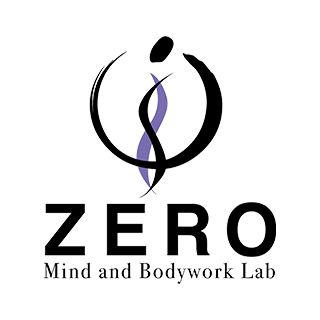Introduction
Hello, I’m Hidefumi Otsuka, offering Rolfing sessions in Shibuya, Tokyo.

Since April 8, 2025, I have been participating in the Advanced Training (AT) for Rolfing, organized by the Japan Rolfing Association in Ichigaya, Tokyo.
To participate in AT, one must be a certified Rolfer and have provided sessions for three to seven years, while also earning 18 Continuing Education credits (one credit equals one day of training) from Rolfing instructors.
The instructors for this AT are Ray McCall from the United States (hereafter “Ray”) and Hiroyoshi Tahata. Although I studied Rolfing techniques through the European Rolfing Association, this is my first time learning directly from these two teachers.I look forward to studying Rolfing alongside 12 other participants from a different perspective.
In this post, I would like to share, based on my impressions after completing the first day, why Advanced Training (AT) is conducted, its meaning, how it differs from Basic Training (BT), and how the curriculum has evolved.
Differences Between Advanced Training (AT) and Basic Training (BT)
There are two main types of training for delivering Rolfing sessions: Basic Training (BT) and Advanced Training (AT).
Ray introduced the differences between BT and AT while also sharing the historical background.
The History of AT and the Five-Session Series
Ida Rolf, the founder of Rolfing, conducted AT four times herself.
After that, she entrusted her disciples Peter Melchior and Emmett Hutchins to continue the Advanced Trainings. At that time, the Advanced Series was designed to be completed in five sessions.
As an aside, when I attended Sharon Wheeler’s workshop in Seattle in January 2017, I had the opportunity to hear about the history of AT. According to Sharon, who studied directly under Ida Rolf, AT was originally intended as a remedial program for students who had difficulty understanding the material.
When AT first began, Sharon thought she would be thrilled to take Advanced Training — only for Ida Rolf to tell her, “You don’t need it!”
The Influence of Jeff Maitland and Moving Away from a Fixed Protocol
Further touching on Sharon’s story:
In 1989, the Rolf Institute of Structural Integration (RISI) split into two organizations — RISI, led by Michael Salveson and Jan Sultan, and the Guild for Structural Integration (Guild), centered around Melchior and Hutchins.
The split was primarily political.
Initially, there were no significant differences between the RISI and Guild curriculums.
However, to differentiate itself from the Guild, RISI gradually incorporated new elements into its training, including the philosophy of Jeff Maitland.
The original Basic Training consisted of two stages:
- Auditing (Observation phase, focused on perception)
- Practitioner (Hands-on phase, focused on practice)
This later evolved into a structure of Phase I (internal practice), Phase II (peer practice), and Phase III (practice with external clients).
Both Ray and Tahata have been deeply influenced by Maitland’s philosophy.
It seems this AT will be a valuable opportunity to learn about his perspective.
Due to Maitland’s influence, from the 1990s onward, the RISI’s Advanced Series evolved into a non-formulaic format (Ray uses the term “non-formulaic”), moving away from rigid step-by-step protocols.
The Difference in Spirit Between BT and AT
Although BT and AT use the same techniques, the main difference lies in the approach:
- Basic Training (BT) teaches a formulaic method, where all clients are treated as essentially “average” and the same sequence is applied.
- Advanced Training (AT), in contrast, respects each client’s uniqueness and offers sessions tailored to the individual.
An analogy would be:
- BT is like preparing the soil for a garden using standard procedures.
- AT is like improvising jazz — free-flowing and responsive to the moment.
Conclusion
This post introduced the meaning and history of Advanced Training (AT) and how it differs from Basic Training (BT), along with how the curriculum has evolved over time.
Moving forward, I’m excited to experience and learn about the non-formulaic, principle-based approach that Maitland’s philosophy has inspired.

